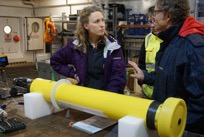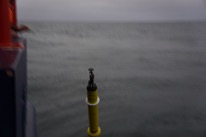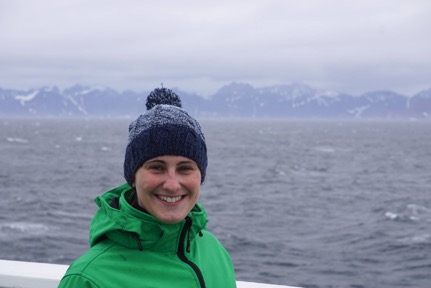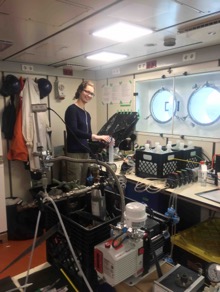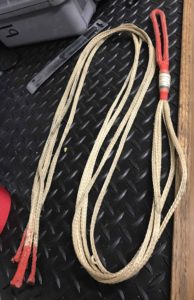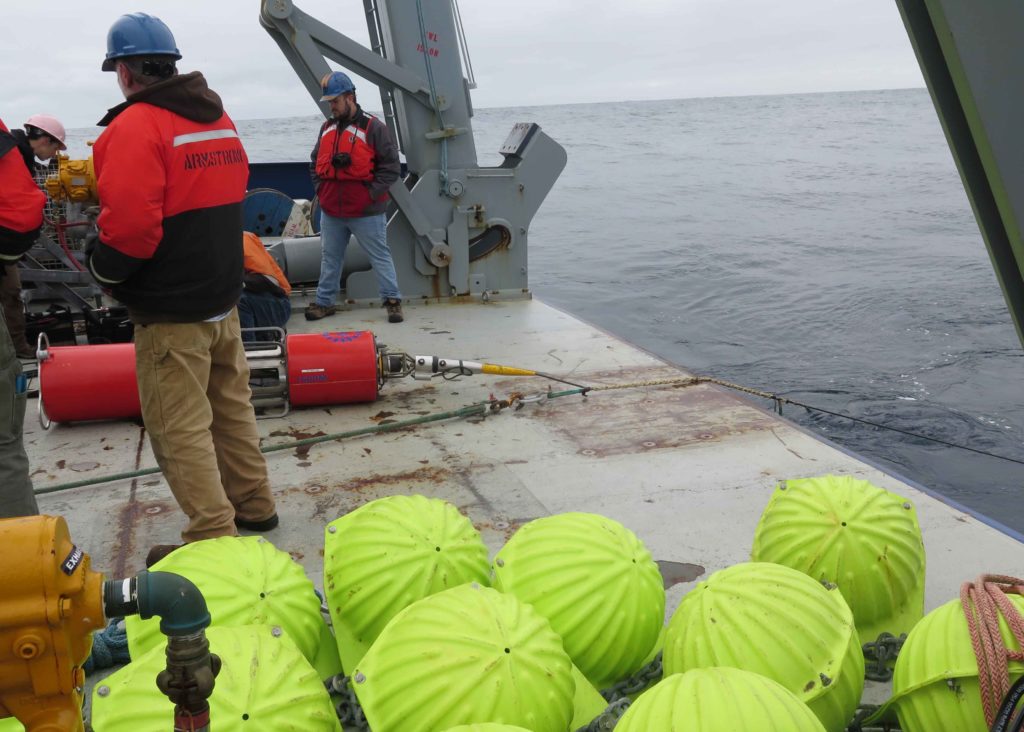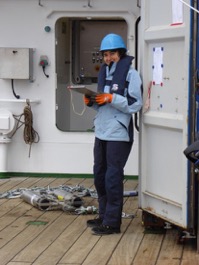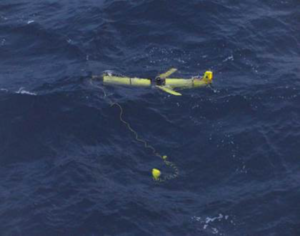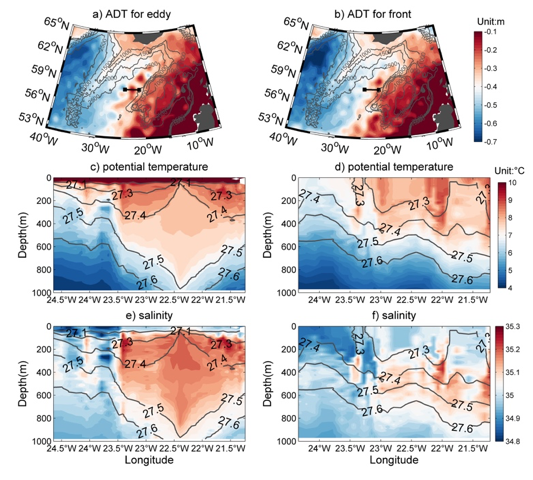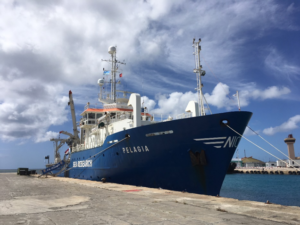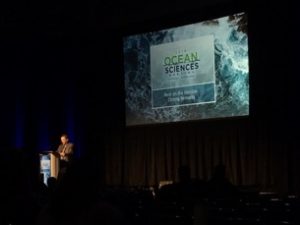by Susan Lozier
I have always been interested in advances in science that seemingly happen overnight. I love the stories of someone walking through the woods when a new idea or solution to an old problem comes to mind, and then the next day he or she tests something in the lab, makes some calculations, or runs model simulations to check things out, and science is rewritten.
Then there is the slow science of ocean observations, where almost nothing happens overnight. Take OSNAP, for example. Our first OSNAP time series will be published in the February 1st 2019 issue of Science, almost 12 years after OSNAP was first conceived. There is nothing ‘overnight’ about this program. Not even close.
In July of 2007, I was in Woods Hole, co-chairing the committee for the implementation of the US AMOC Program. At lunch one afternoon, sitting outside of a restaurant on Main Street in Falmouth, Bill Johns, Molly Baringer and I were discussing the success of the RAPID program and the new modeling results that were pointing to the disconnect between AMOC measures in the subpolar and subtropical regions. At that lunch, the three of us agreed that we needed an AMOC measure of the overturning in the subpolar basin. And so on that warm July afternoon the OSNAP seed was planted.
Fast forward three years to April of 2010 when OSNAP was largely planned at a North Atlantic Subpolar Observational Program Workshop, which I hosted in Durham, North Carolina. While I like to think that the workshop participants remember this workshop because of the beautiful weather, great conversations and exciting science plans, I am aware that many remember this workshop because of the volcanic eruptions in Iceland during our meeting. Ash from Eyjafjallajökull thwarted many Europeans’ plans to travel back home, and they were stranded in North Carolina for a few extra days. Considering how lovely spring weather is in North Carolina, it was not a bad deal.
After that planning meeting in 2010, one of the first items on the agenda at the 2nd meeting of the U.S. AMOC Science Team in Miami was to name our new program. We rejected a fair number of clunky nominations until we settled on OSNAP, a suggestion by my then 19-year old son, Joseph, who used this term quite frequently in conversations with his mother.
At this point, I would be remiss if I did not call out the contribution and support from funding agencies and the program managers at those agencies. OSNAP would have gone nowhere fast without that support. Dave Legler and Eric Itsweire were instrumental to making the Duke planning workshop, funded by the US AMOC Program, happen. And Eric (program manager at the National Science Foundation) worked closely with Mike Webb at the UK National Environmental Research Council to coordinate the review of OSNAP proposals on both sides of the Atlantic.
OSNAP proposals went in in 2011, and then again in 2012 until funding came through in 2013 from the National Science Foundation for the U.S. contribution and from the National Environmental Research Council for the UK. The observing system was put in place in the summer of 2014, and the first data recovery finished the summer of 2016. A long road indeed, but it can hardly be any other way with a program of this scope and size. And, as with any long journey, it is great to have companions along the way. OSNAP came together because funding agencies in the US, UK, Germany, Canada, Netherlands, France and China invested in this science and because oceanographers from these countries worked together on this common goal. I have been extraordinarily fortunate to work with such extraordinary oceanographers. The wait has been worth it. If you get a chance to read our Science article, I hope you agree.
For now, OSNAP remains in the water, while we analyze more results, apply for more funding and enjoy the long game in ocean science.
